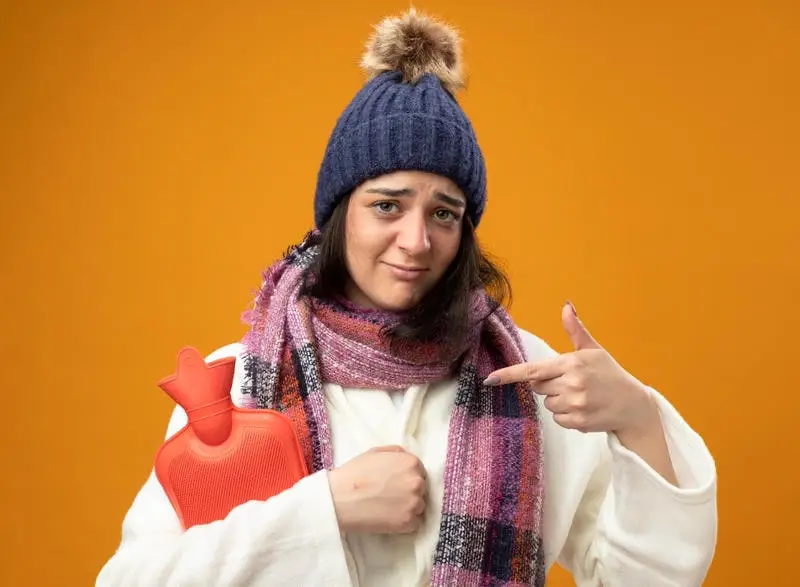- Published on: May 04, 2020
- 1 minute read
- By: Dr Vibhash Mishra
Relaxation Of Lockdown Is Not The End Of Corona!
Relaxation of lockdown is not the end of Corona!
It is heartening to see the number of new cases of COVID-19 going down or plateauing almost everywhere in the world. For us Indians, it should be a matter of relief and pride that we have been the nation with the fewest mortality. The government deserves to be thanked and congratulated for prompt cautionary actions. The citizens deserve our applause even more for it is the job of the government to issue orders and instructions, but if they were not followed strictly by the neighborhoods in the villages, towns, and cities, the plan would have failed miserably. Therefore, in this war, everyone has been a valiant soldier so far and should be saluted.
Now that there has been some relaxation in the lockdown, there must be a great sigh of relief. In this euphoric state of regaining your long lost freedom, it is quite possible to lose sight of the harsh reality and take it as the end of the nightmare. The truth, however, is that the pandemic is nowhere near its end and it is hardly the time to be complacent. In fact, now that there is going to be a spate of movements of people between places, new cases of infection are bound to be brought from the badly affected zones to the erstwhile safe zones. A possible second wave of infection is very real. Your safe zone is at fresh risk.
What should you do then? How do you keep yourself and your family safe? How do you protect yourselves? By doing the same things that you have done so well so far. This is no time for daredevilry or adventure. Instead, swallow your pride, be humble, and accept that this tiny enemy called Corona is mightier than all of us fighting together. And that this is one war in which running away from the battlefield to the safety of your home is an act of bravery. Do not go out unnecessarily. Social distancing and hand hygiene remain just as relevant today as they were two months ago. Avoid overcrowding. Sometimes it may seem impossible to stay indoors or even avoid overcrowding. If you are ill, how will you not go out and wait in the crowded waiting room to see a doctor? Think again, is it really necessary? Is there really no alternative? Can you not consult a specialist online from the convenience of your home? Have you tried us at www.secondmedic.com? Do try. We may just have answers to all your questions. Well, maybe not all, but certainly most.
Dr. Vibhash Mishra
Chief Medical Officer Second Medic Inc









